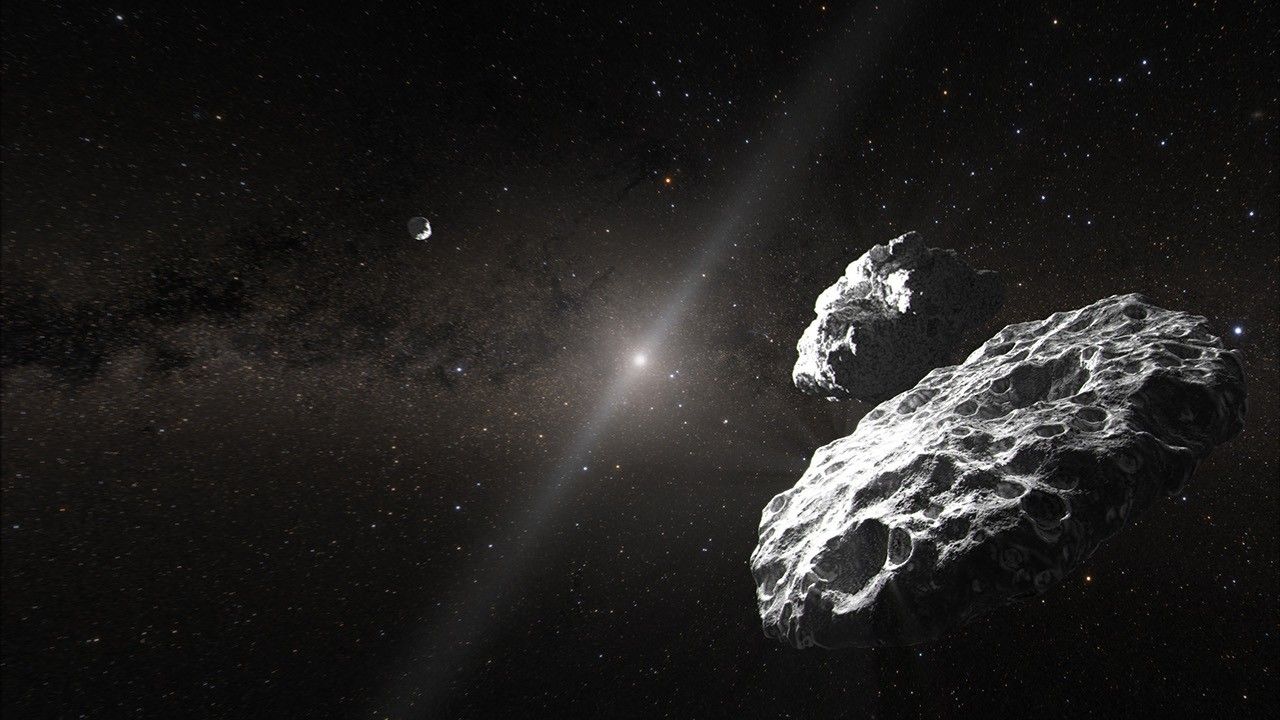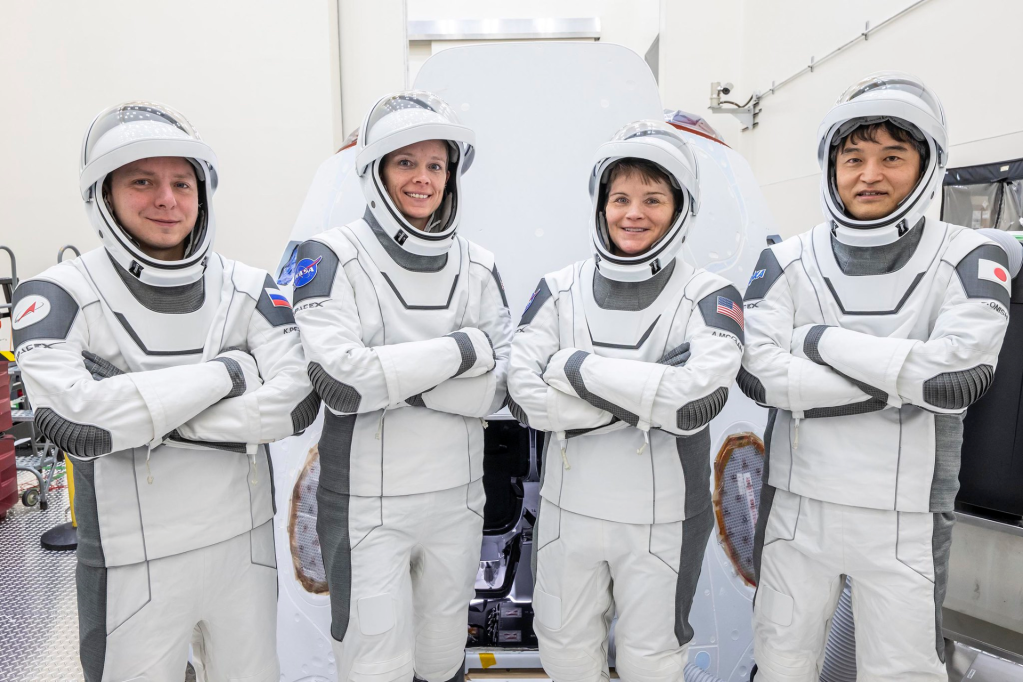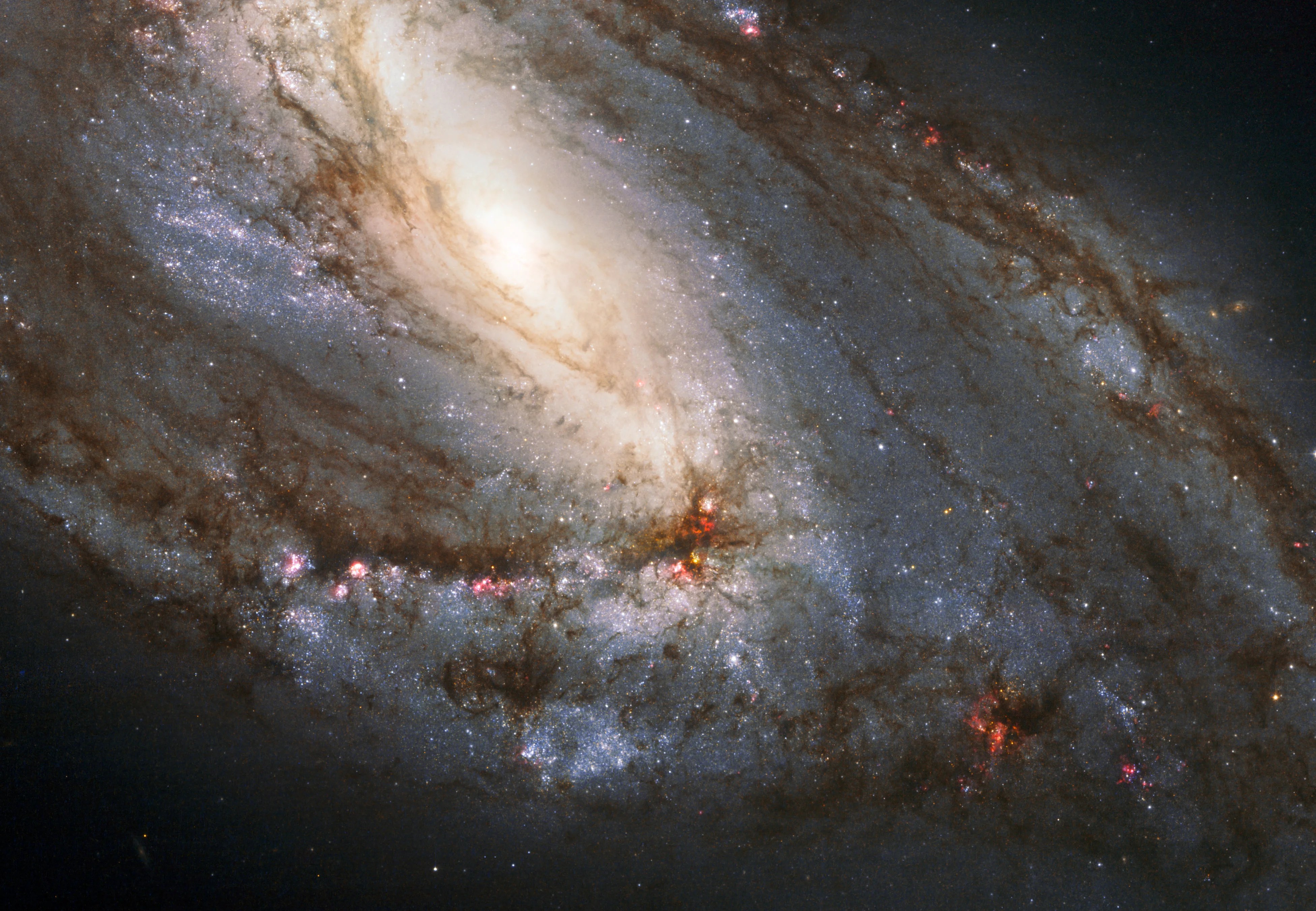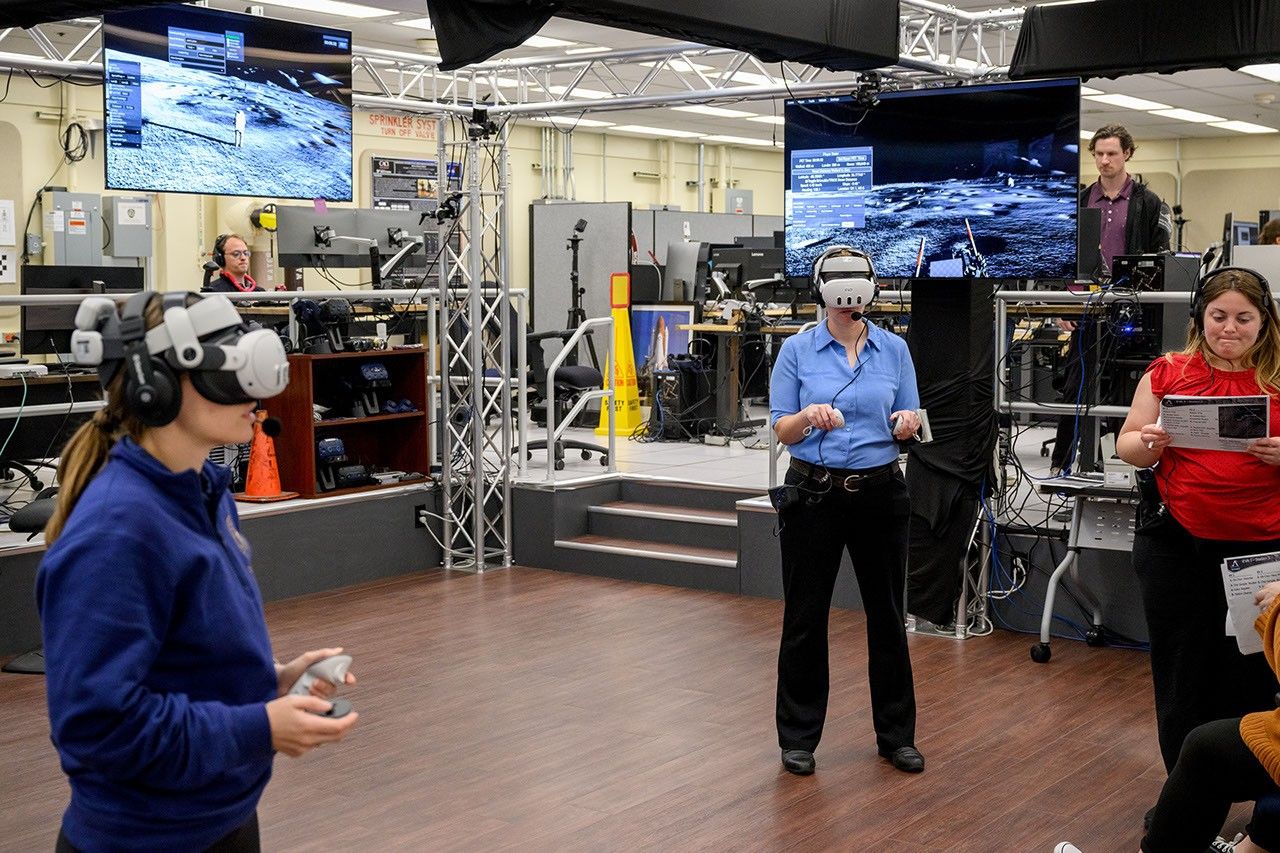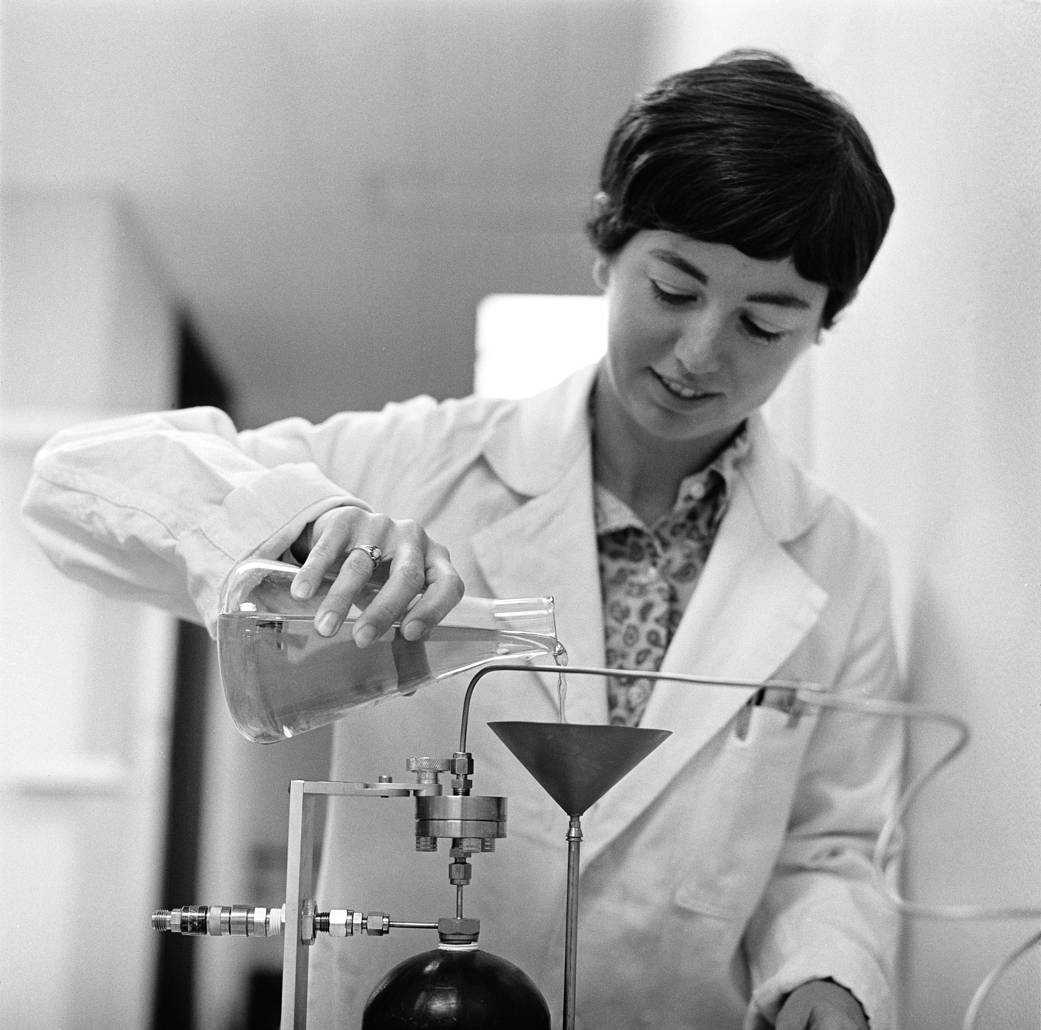NASA has released rare, never-before-seen footage of researchers looking for signs of life in the samples brought back by the Apollo 11 astronauts in 1969. The footage shows biologists and chemists at NASA’s Ames Research Center in California working in a specially designed clean room and applying the most sophisticated analytical techniques of the time to search for life.
Staff at Ames had been searching the center’s archives for unique Apollo artifacts to showcase as the agency prepares to celebrate the 50th anniversary of the Apollo Moon landing on July 20. The footage was recorded on an obsolete 16-mm film format and was digitized and remastered for public release.
When NASA sent the first astronauts to the Moon, scientists couldn’t rule out the possibility that our nearest neighbor might contain life. The analyses, conducted both at Ames and Johnson Space Center in Houston, conclusively proved that the Moon was, as suspected, bereft of living organisms. Nevertheless, these tests became the first time that NASA looked for the possibility of life existing on another world using samples from that world.
“We were really concerned about contaminating the samples with our own bacteria,” said Caye Johnson, biologist from Ames, now retired, who worked with the Apollo lunar samples. “We had to be careful that we didn’t introduce a microbe into the samples and then falsely say that we’d found life.”
That concern of cross-contamination is still an issue for modern space missions, but was even more important for our first contact with other-worldly material. When the samples of lunar soil arrived at Ames, the exterior of their transport package was sterilized before being opened. The samples, contained like a nesting doll in jars within jars within bags, was opened inside an extremely clean environment. Glove boxes, sealed boxes with flexible gloves integrated into the sides, provided an additional biological barrier by using higher air pressure, preventing air from flowing in and bringing terrestrial contamination with it.
Researchers adorned with masks, gloves, boot coverings and smocks worked in a clean room environment – cleaner than a sterile surgical room – to protect them from exposure to potential hazards from the samples.
In these experiments, the researchers tried to encourage the growth of any potential organisms in the lunar samples, providing nutrients and testing over a range of conditions that might be suitable for reproduction. Periodically microscopes were used to inspect for growth. After several months of testing, no life was detected.
“Why were we doing 300 different environments? Because on Earth today, bacteria live in all sorts of strange environments that you wouldn’t expect,” said Johnson.
Such tests marked the early stages of exobiology, often known today as astrobiology, the branch of science that seeks to understand the origin, evolution, distribution and future of life on Earth and in the universe. The Life Sciences Directorate at Ames began in 1961. By 1970, the group had grown rapidly and was comprised of one-quarter female scientists.
The techniques developed to analyze the Apollo samples for extraterrestrial life were built upon and expanded to study meteorites and eventually Mars with the Viking Mission exobiology experiments of 1976. Today, particularly because they do not contain life nor most of the materials needed for life, lunar soils are considered a valuable tool to understand the baseline chemistry that makes up our solar system — and under the right conditions led to life on Earth and possibly elsewhere. NASA and its lead center for astrobiology continue the compelling quest to find life beyond Earth so that we may one day answer that most profound human question: Are we alone? Under the Artemis mission, NASA is once again going to the Moon so that we may make the next giant leap to Mars, where we have a much more promising chance of one day discovering life on another world.
Additional resources:
- The entire 19 minute footage of the Apollo biological sampling experiment can be found here.
- An image gallery of scientists looking for life in the Apollo 11 samples can be found here.
For news media:
For more information about this subject, please contact the NASA Ames newsroom.
Authors: Kimberly Ennico Smith and James Anderson, NASA’s Ames Research Center


